Daniel Arsham’s Modern Pompeii in Miami
We speak with the wunderkind artist about his new work, Art Basel and Werner Herzog’s best life advice
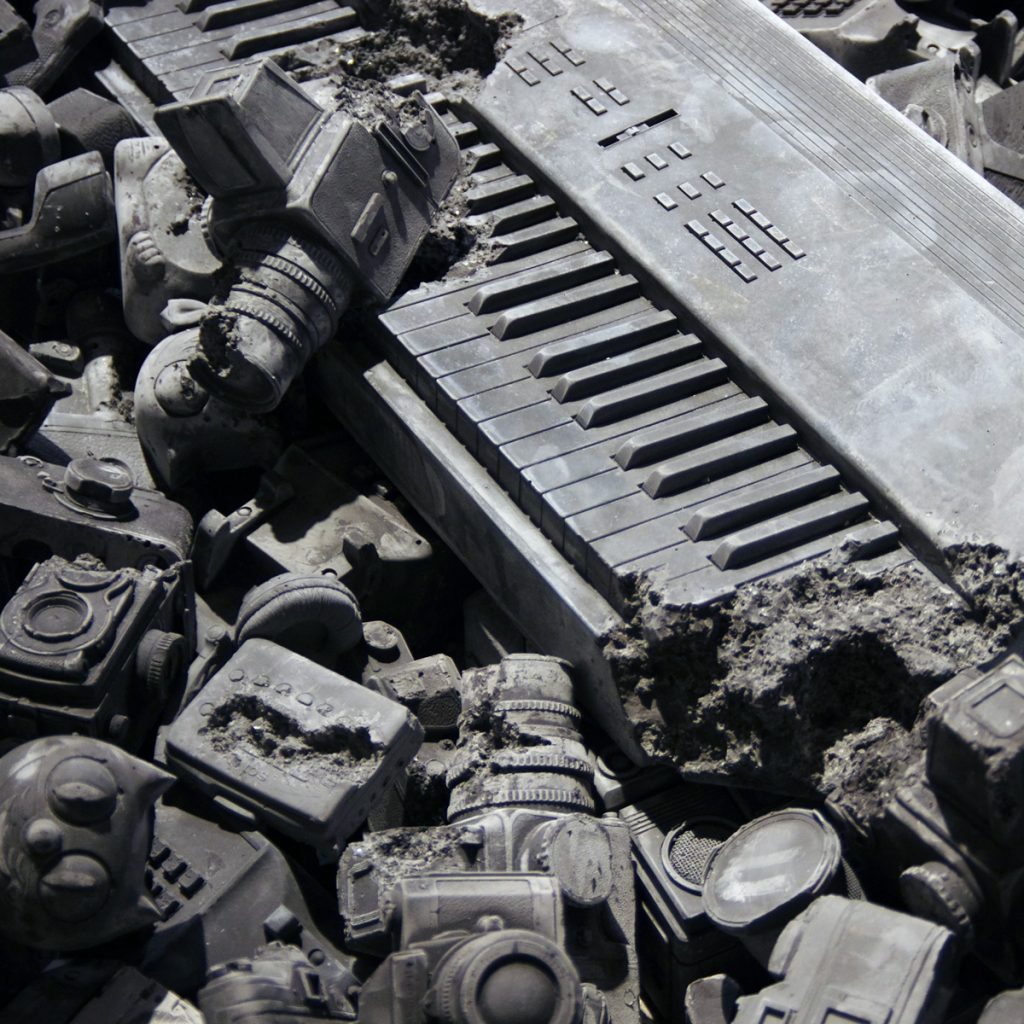
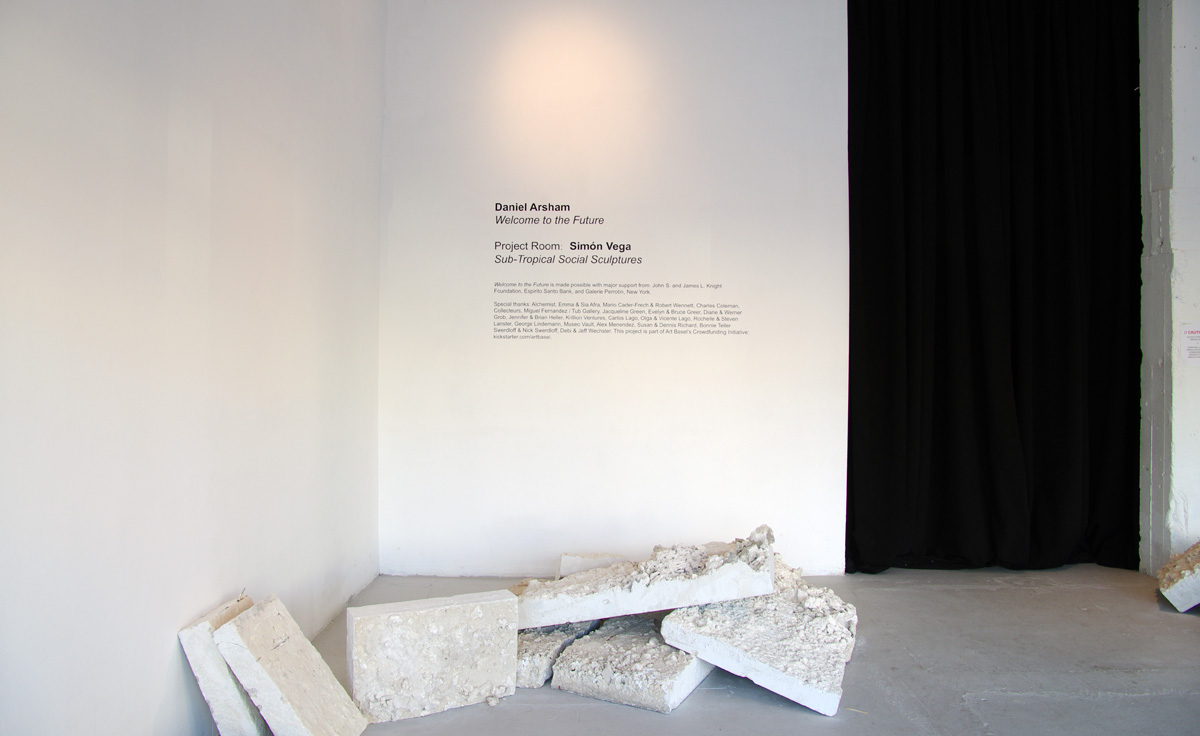
by Laura Feinstein
Here at Cool Hunting we’re big fans of Daniel Arsham. In the last few years, the 34-year-old designer, architect and co-founder of Snarkitecture has worked with everyone from musicians Pharrell and Chromeo to famed choreographer Merce Cunningham, creating highly modern, intelligent pieces that capture this specific moment in pop culture—also reminding us just how fleeting the relevancy all of our technological advancements really are. Recently we were invited by the wunderkind artist to view his newest piece, “Welcome to the Future,” debuting today at Locust Projects during Miami Art Week.
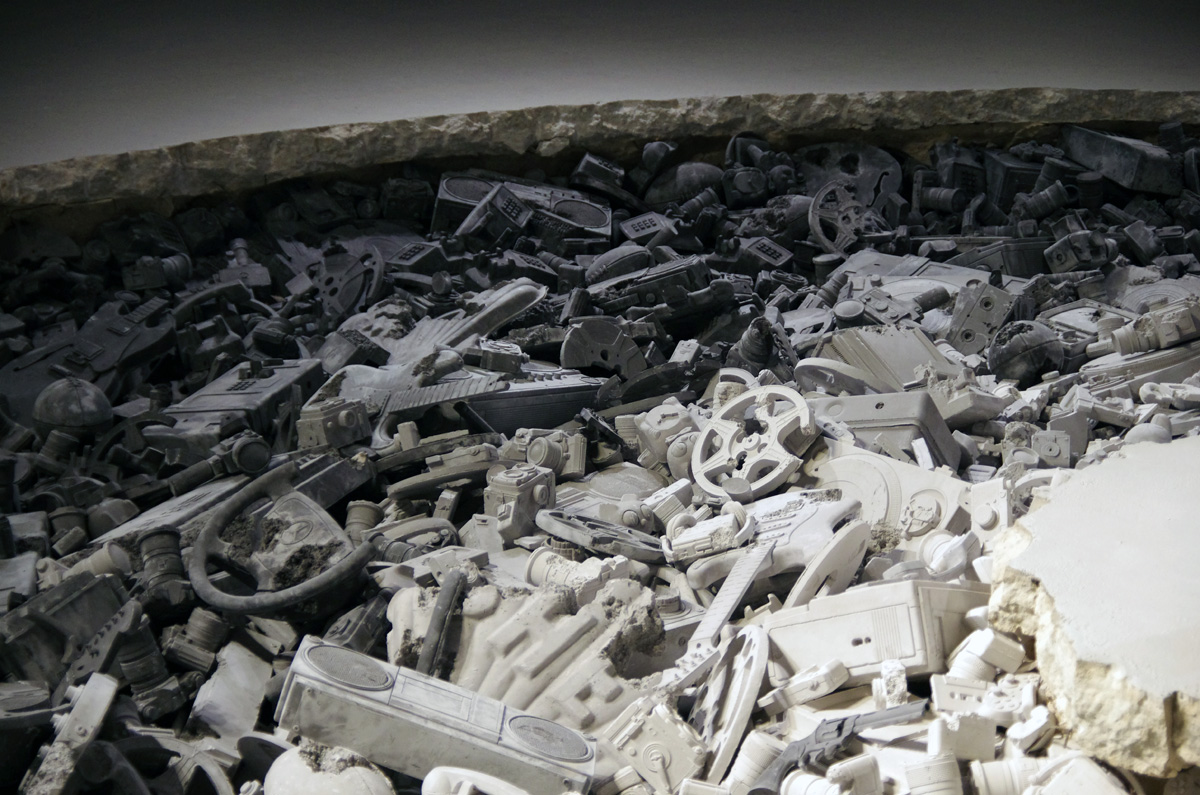
The immersive installation features an “excavated” trench in the gallery’s floor, containing thousands of calcified 20th century media devices meant to conjure petrified wood or the figures of Pompeii. Like an unburied time capsule, “Welcome to the Future” is in some ways meant to show how we will look to future generations—displayed via Casio keyboards and tires strewn across the gallery.
A veteran of the Miami design scene—having grown up in the area as well as launching two DIY gallery spaces, Placemaker and The House—Arsham is able to provide unique insight into the evolution of the city as a global artistic capital. Recently CH was also able to speak with Arsham about his new work, the Miami design scene, Art Basel and Werner Herzog’s best life advice.
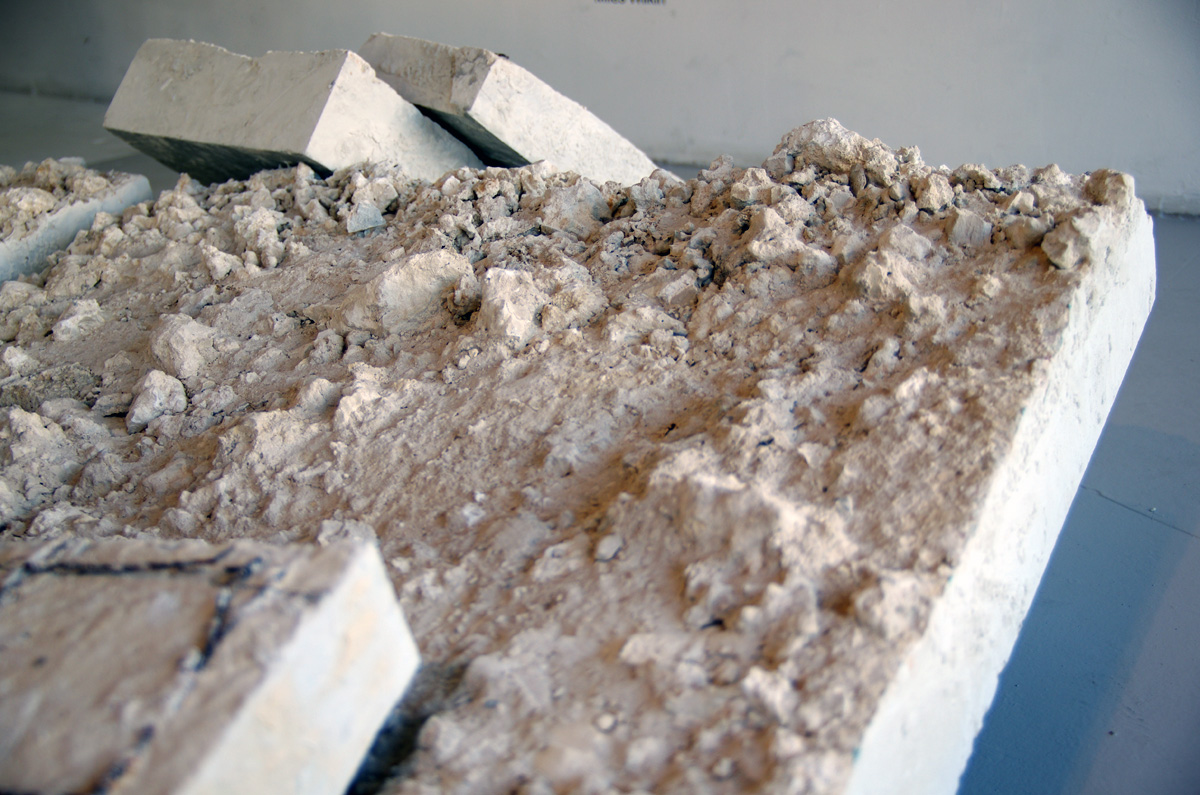
How will you be spending Miami Art Week?
I have a number of events this week, starting with the opening of my exhibition at Locust Projects on Thursday evening. Snarkitecture also has created a very large marble run installation in the lobby of the Delano Hotel and we created a project at Alchemist, which is a store at the 1111 Herzog de Meuron parking garage. So those three events and seeing friends in the ocean once a day will definitely keep me busy.
What significance does the event have for you?
For me it’s a kind of annual ritual. I don’t even really think about it; you know it’s not a question of whether or not I’ll come here. I’m here every year, and I have been since the fair started.
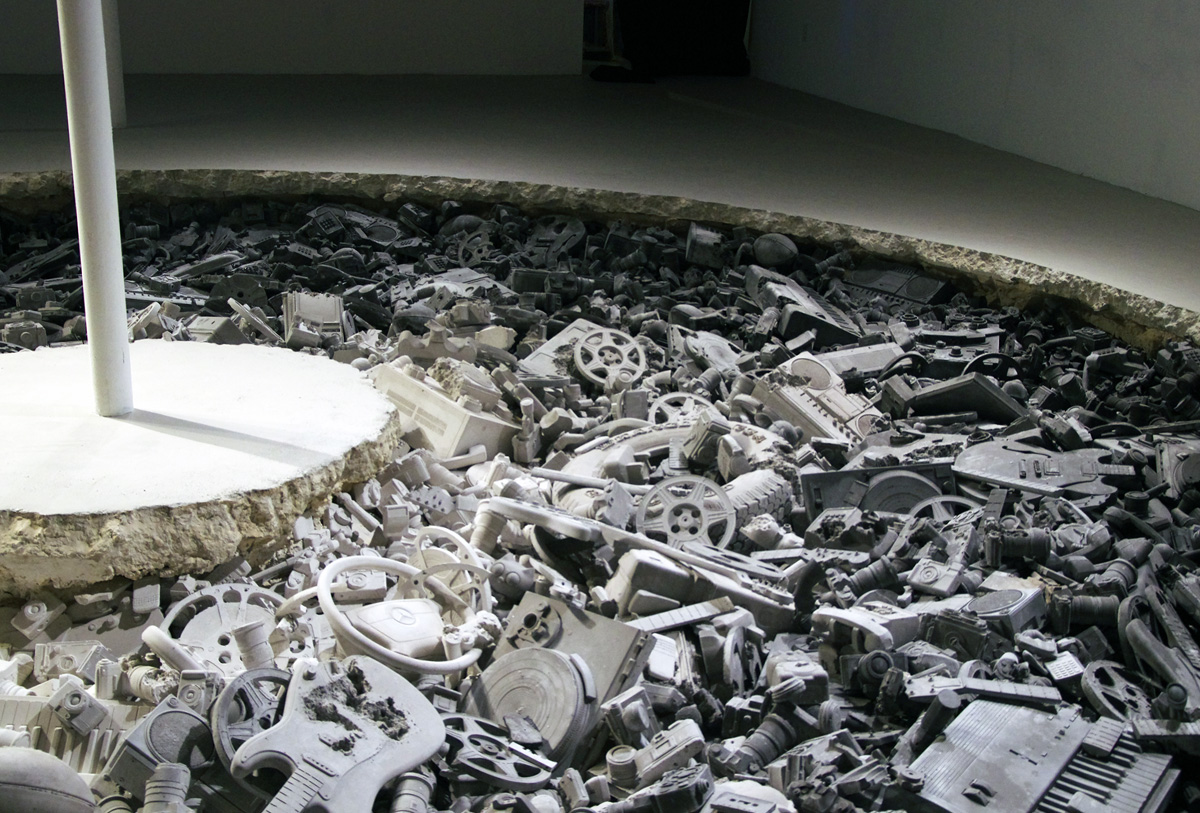
As a former resident how have you seen the area change since the establishment of the art fair?
I think in the beginning when I lived there it was much easier as a local artist in Miami to get people from outside to come to visit a studio. There were so many less events that were happening throughout the course of the fair that were wasn’t as much distraction. That doesn’t really exist as much anymore.
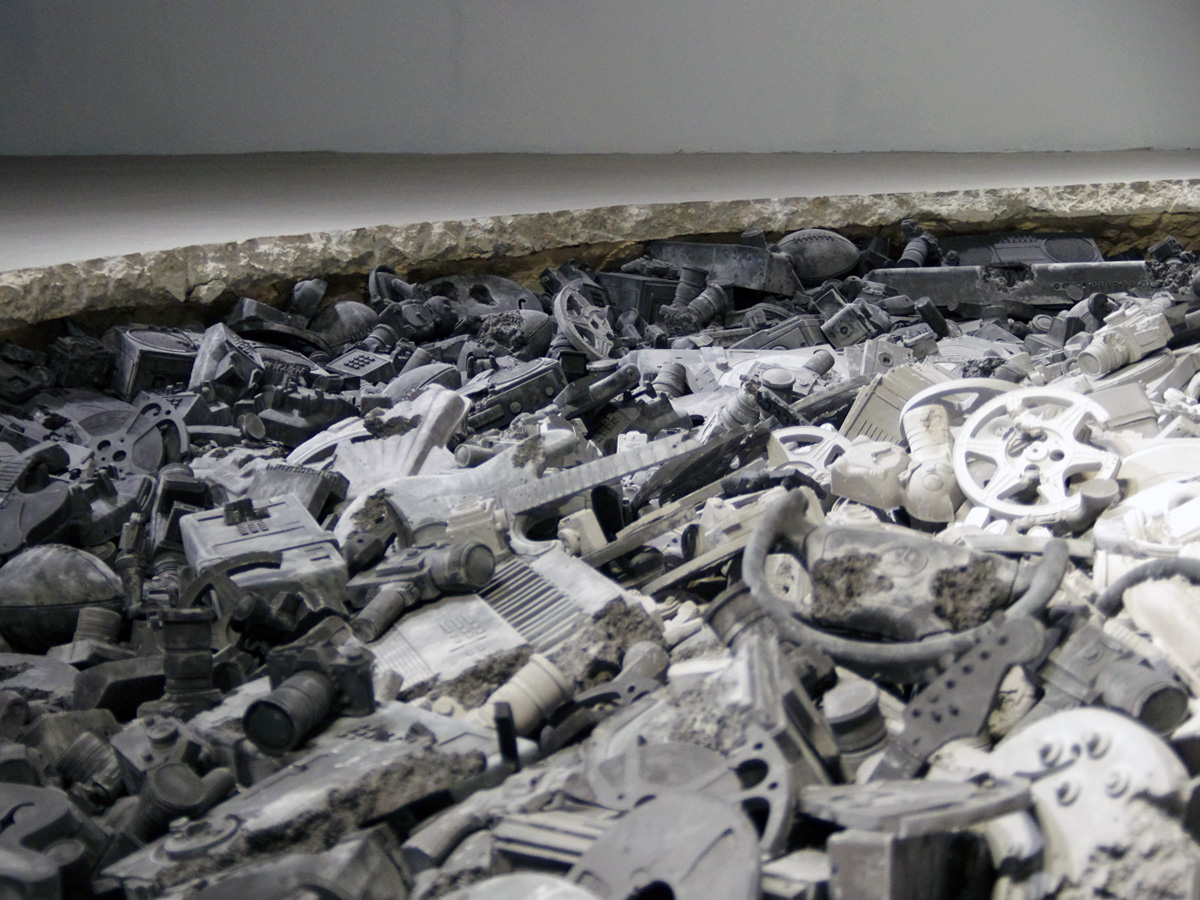
How did running DIY gallery spaces like Placemaker and The House impact your view of art and commerce outside of traditional big market cities like New York and Paris?
The House was really a place of experimentation. There wasn’t really anything ever sold from that place. It was more about building a community and having a place where we could show our work all together. I think that having it in Miami and not in a city like New York or Paris or London was significant because it wasn’t expensive. The space was pretty easily available. And in some ways there was attention a certain part of the year and the rest of the year it was quite dead.
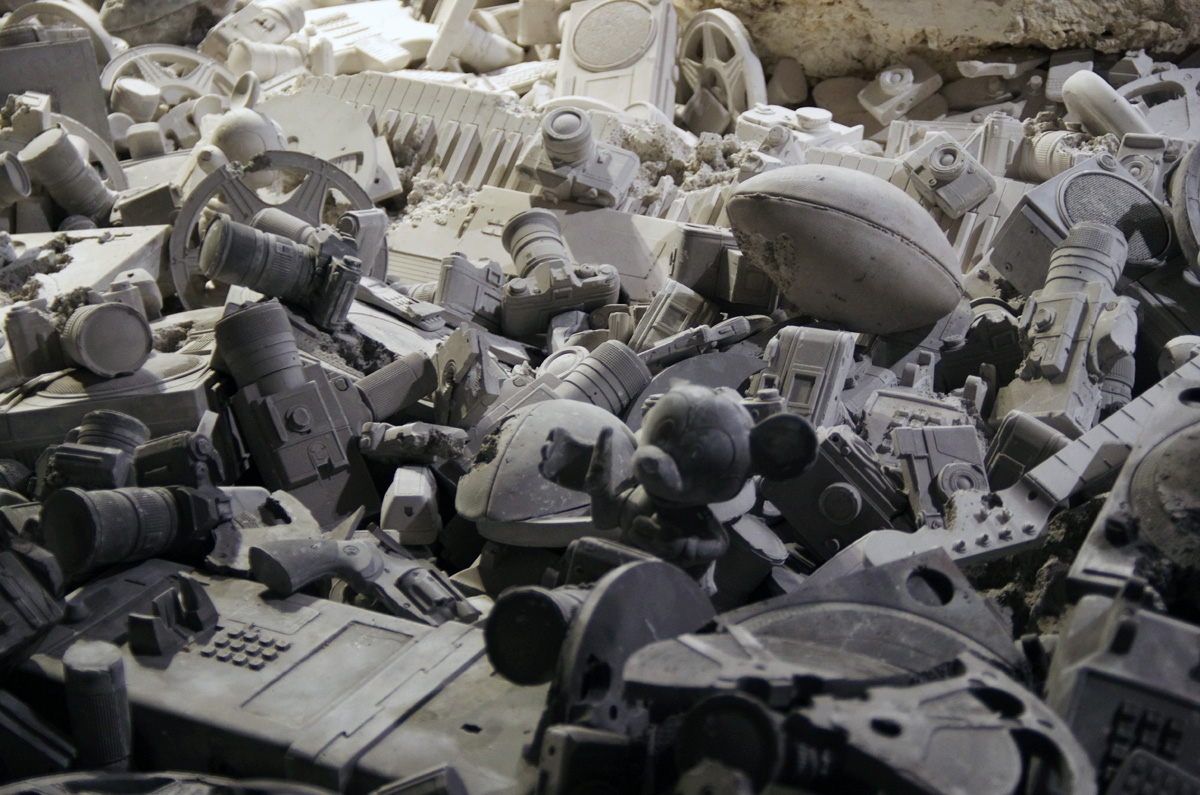
What is it like to return to Miami not just as an adult, but also a successful artist?
I think going back to Miami, especially with an exhibition like I have at Locust Projects, is a big moment for me. It’s been five years since I’ve shown in Miami and in some ways the city, rightfully so, feels connected to what I’m doing and the kind of work that I make. In some ways a lot of it has relationships with my time living there and the experiences that I had: the relationship between the city and nature. The swamp. The Everglades. All of that plays into my thinking.
Your work tends to blur the lines between art, architecture, fashion and culture, and draw from a range of sources. What in your daily or artistic life inspires you?
So the thing that I always return to and that’s been a constant in my practice is photography. And I’ve recently started using Leica cameras. A friend of mine, a photographer Mathieu Cesar, gave me his Leica M9 which is a camera from 2009 or 2010. He gave this to me last year and that really sort of brought me back into every day picture-taking mode. I’ve since connected with Leica directly, and am working on some interesting projects with them for 2015. I’m now shooting on a Leica MP, which is a pretty amazing object.

You’ve collaborated with everyone from Merce Cunningham to Chromeo. Who would be your dream collaborator?
The most recent idea for me about collaboration has had a lot to do with the films that I have been making. I had the privilege to work with James Franco on a film recently and also Juliette Lewis—an amazing actress who worked with me on the most recent future relic film that will come out for Tribeca Film Festival. So I’m thinking a lot about actors. Of course, the dream is an actor that I have known forever. Someone like DeNiro. And I think that working with talent like that and working with people who are so unbelievably skilled in an area that I don’t have a lot of familiarity with is very inspiring, and it reminds me of why I wanted to get into these things. To work with amazing people who have so much skill outside of what I know how to do.
What is one question that you wish a journalist would ask regarding your work or your methods?
Whenever I have an interview I always think what’s the new question that’s gonna be asked, but I myself can’t necessarily think of what that question is. So I guess this question in itself is a new question.
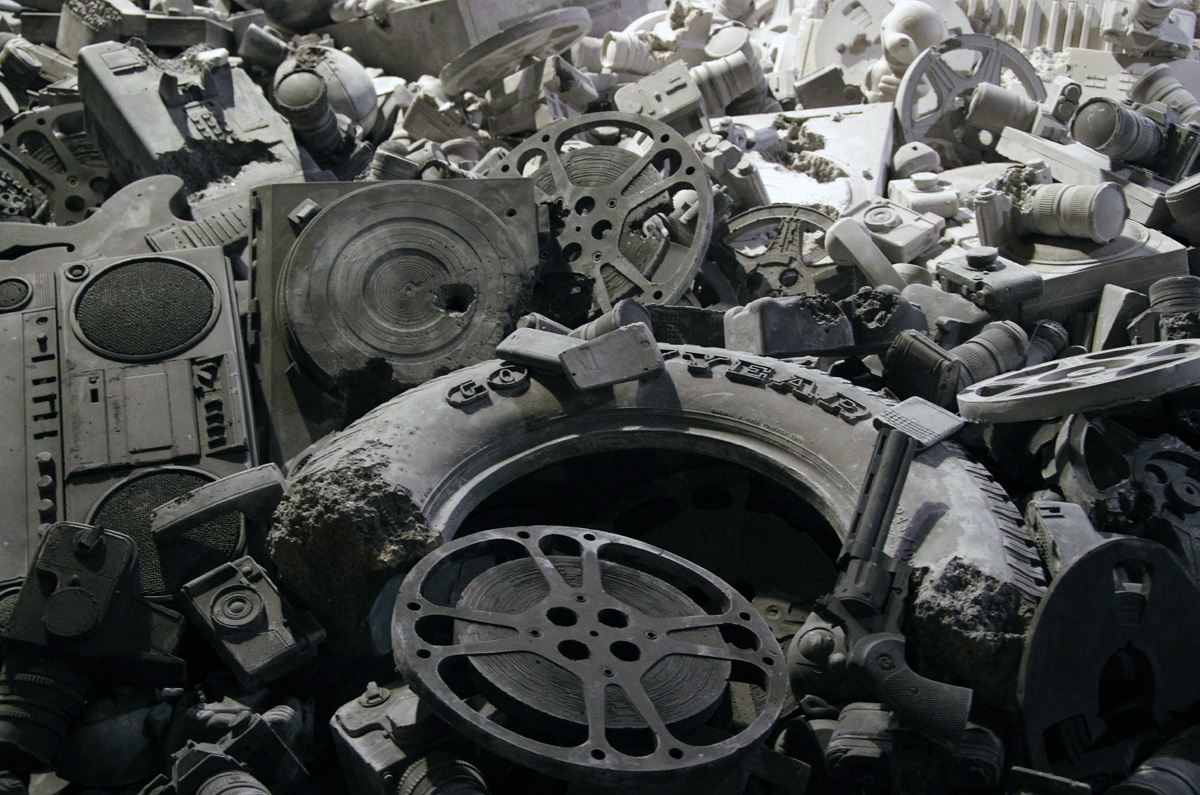
What advice do you have for art students graduating this spring? Would you recommend them moving to Miami over New York?
The advice that I would have for art students would be to make your own luck. Miami I wouldn’t necessarily advise, nor New York. I think Miami for me at that time when I finished was at a particular moment where things could work the way that I wanted them to. It’s not the same city as it was before, but there are certainly opportunities there. I really couldn’t say; I read an interview recently of Werner Herzog, the film director, where students were asking him about what they should do, like should they go to graduate school? His advice to them was to get a backpack and walk by foot from Paris to Istanbul. That experience would be more of an education than they would get anywhere else.
Daniel Ashram’s exhibit at Locust Projects (3852 North Miami Avenue, Miami) is on view through January 2015.
Images by David Graver












